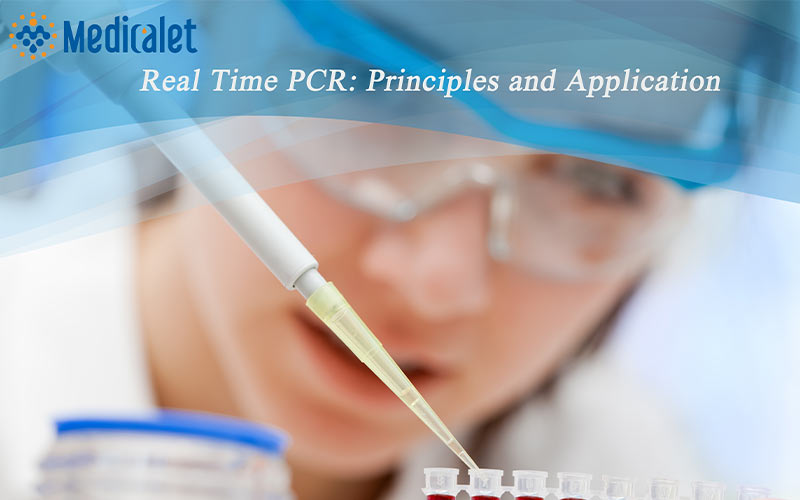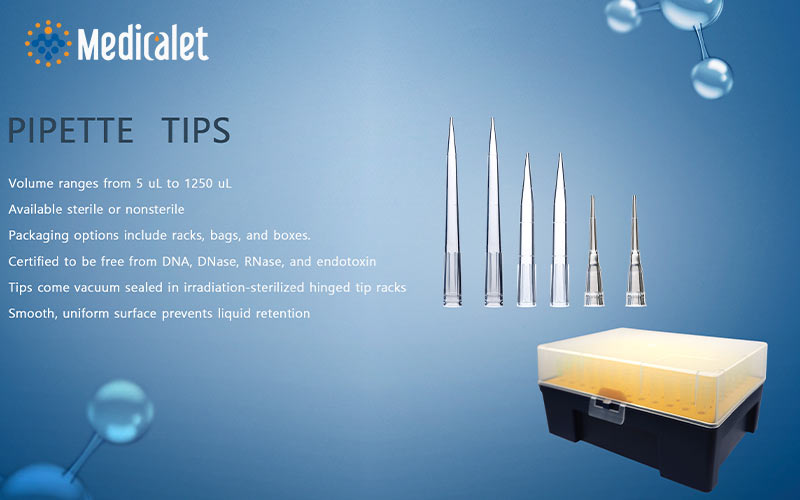
The polymerase chain reaction (PCR) has been used as the new golden standard for detecting a wide variety of templates across a range of scientific specialties and also as an essential tool in research laboratories. PCR has completely revolutionized the detection of RNA and DNA viruses. Real Time vs. Traditional PCR Real time chemistry allows the detection of PCR amplification during the early phase of the reaction. Measuring the kinetic of the reaction in the early phase of PCR provides a distinct advantage over traditional PCR detection. Traditional methods use agarose gel electrophoresis for detection of PCR amplification at the final phase or end point. End point detection is really time consuming; it takes several hours to have the result. On the other hand, results are based on size discrimination. Also, the result of end point is variable from sample to sample. While gels may not resolve this variability in yield, real time PCR is sensitive enough to detect this change. Some problems with end point detection are: poor precision, low sensitivity, short dynamic range (fluorescent dyes that bind to double-stranded DNA or fluorescently labeled sequence-specific probes. Signal intensity increases with increasing cycle number due to the accumulation of PCR product. Use of fluorescent dyes enables analysis of many different targets without having to synthesize target-specific labeled probes.
Real-time PCR Two-step and one-step RT-PCR cDNA synthesis uses reverse transcriptases, which are enzymes generally derived from RNAcontaining retroviruses. RT-PCR can take place in a two-step or one-step reaction. With two-step RTPCR, the RNA is first reverse-transcribed into cDNA using oligo-dT primers, random oligomers, or gene-specific primers. An aliquot of the reversetranscription reaction is then used for analysis of gene expression levels or viral load. RNA first needs to be transcribed and subsequently added to the real-time PCR. In two-step RT-PCR, it is possible to choose between different types of RT primers, depending on experimental needs. The use of oligdT primers or random oligomers for reverse transcription means that several different transcripts can be analyzed by PCR from one RT reaction. In addition, precious RNA samples can be immediately transcribed into more stable cDNA for later use and long-term storage. In one-step RT-PCR -also referred to as one-tube RT-PCR- both reverse transcription and amplification take place in the same tube, with reverse transcription preceding PCR. This is possible due to specialized reaction chemistries and cycling protocols. The fast procedure enables rapid processing of multiple samples and is easy to automate. The reduced number of handling steps results in high reproducibility from sample to sample and minimizes the risk of contamination since less manipulation is required. The advantages of each method are given below. DNA as Template in Real-time PCR In contrast with RNA, which requires conversion into cDNA, purified genomic DNA or plasmid DNA can be directly used as starting template in real-time PCR. Not only can genomic DNA be quantified in real-time PCR, for example, in detection of bacterial DNA, but it can also be used for qualitative analysis, such as single nucleotide polymorphism (SNP) detection. SNP analysis involves the detection of single nucleotide changes using two probes labeled with different fluorophores. One probe is specific for the wild-type allele, the other for the mutant allele. Real-time PCR is highly suited for the detection of small sequence differences, such as SNPs and viral variants.

Years of experience in manufacturing laboratory consumables and medical products enables Medicalet to provide products of the highest quality and competitiveness. Through continuous innovation and practice, Medicalet has been recognized by more and more customers. If you are interested in Medicalet pipette tips, please feel free to contact us!
